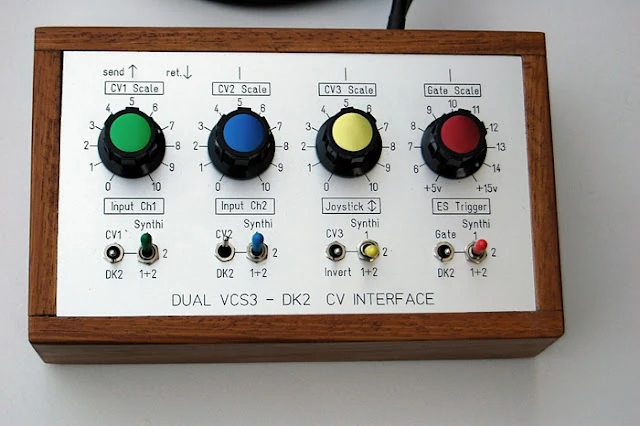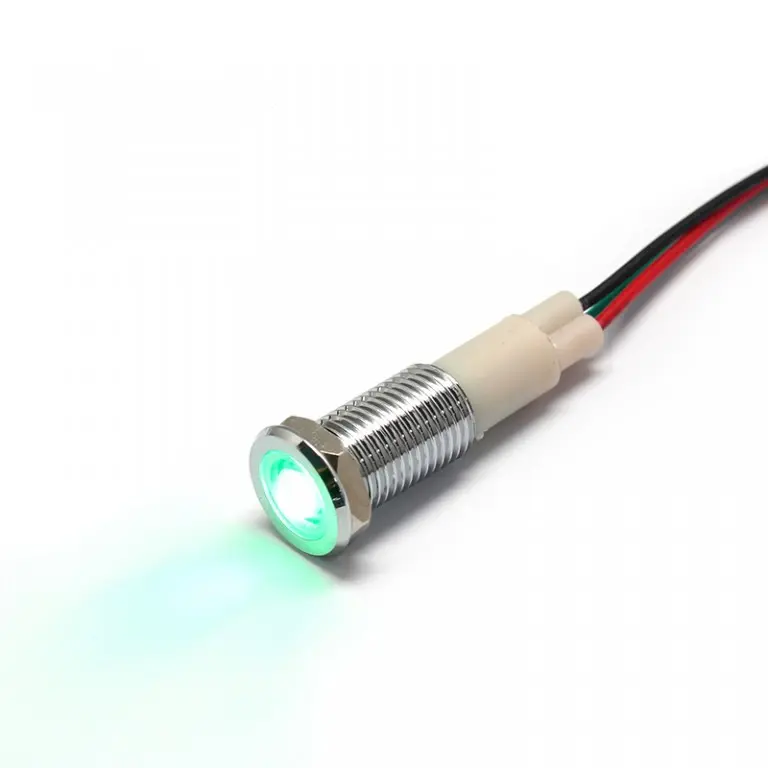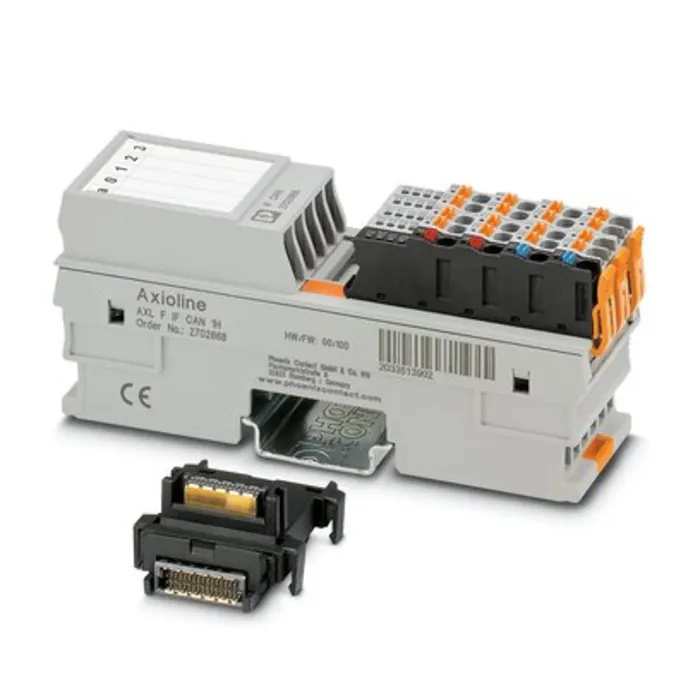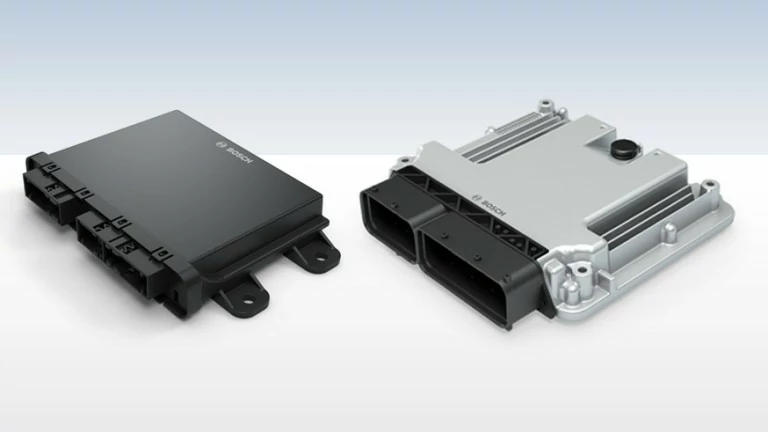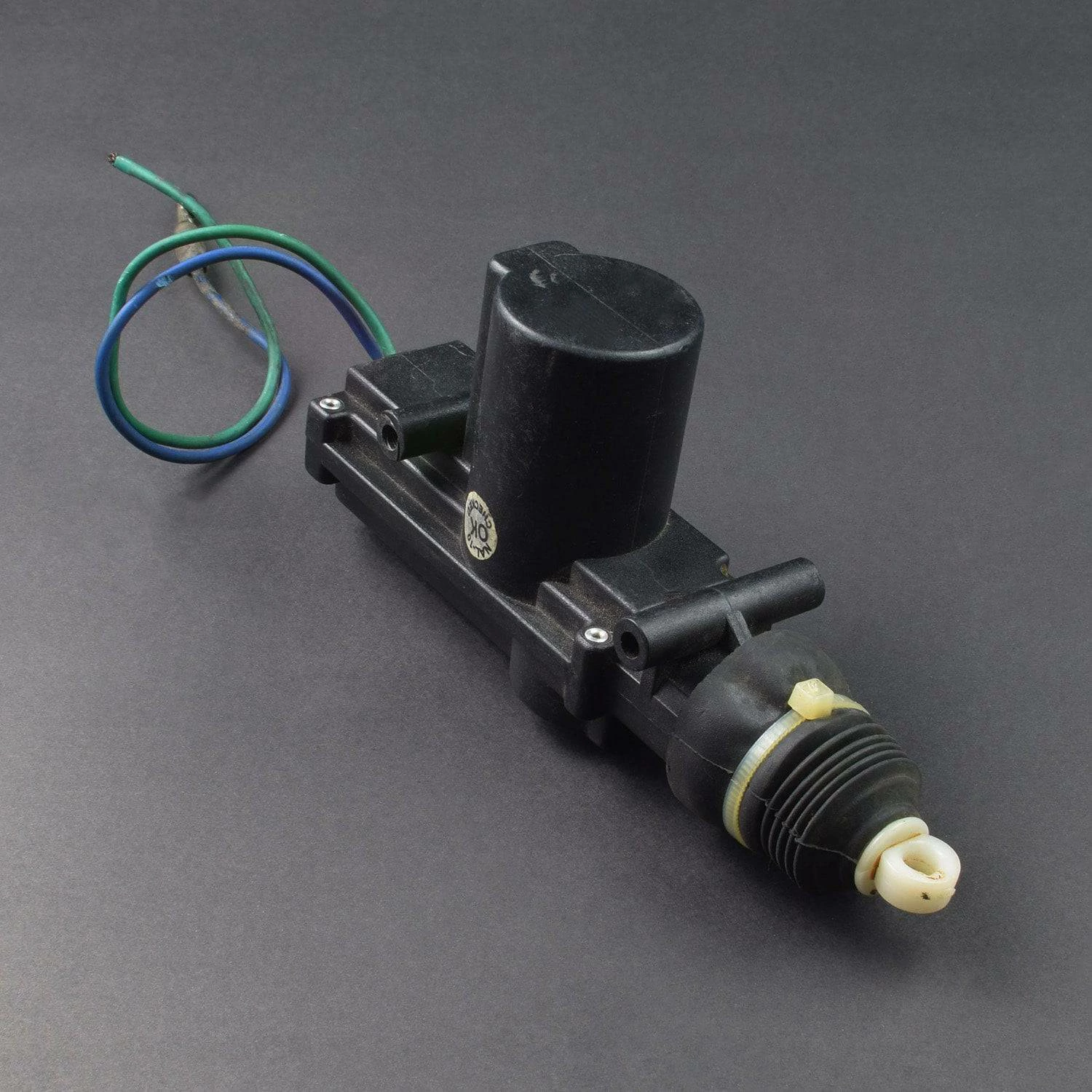Introduction to the wires and connectors in the DC charging...
The introduction of temperature management strategy in DC charging pile temperature sensor
The temperature management strategy of DC charging pile refers to real-time monitoring of the temperature of charging pile and its key components through temperature sensors, and corresponding control measures are taken according to the monitoring results to ensure the safety and reliability of the charging process. The following is a detailed description of the concept, role and working principle of the temperature management strategy:
Main component
concept
Temperature management strategy is a control method based on temperature sensor data, which can dynamically adjust the charging power, reduce the charging speed or stop charging when the temperature rises, etc., to protect the charging pile and battery, extend their service life, and ensure the safety and reliability of the charging process.
Function
Safety protection: Prevent equipment failure or safety accidents caused by excessive temperature, such as fire.
Prolong life: By controlling the temperature, reduce the damage of high temperature to the charging pile and battery, and extend the service life of the equipment.
Improve reliability: Ensure that the charging process is carried out within a safe temperature range to improve the reliability of the charging system.
Working principle
Temperature monitoring: Install NTC temperature sensors on the key components of the charging pile (such as transformers, power modules, etc.) to monitor the operating temperature in real time.
Threshold setting: Set the temperature threshold for the NTC sensor. When the operating temperature exceeds the set threshold, the resistance value of the sensor will be significantly reduced. The circuit can determine whether the temperature exceeds the standard by comparing the resistance value.
Alarm and cut-off: When the NTC sensor detects overtemperature, the system can automatically issue an alarm through the control logic and cut off the power supply to avoid equipment damage and safety accidents.
Dynamic adjustment: Based on the data of the temperature sensor, the charging pile can implement temperature management strategies, such as dynamically adjusting the charging power, reducing the charging speed or stopping the charging when the temperature rises.
Data acquisition and processing: The temperature sensor is connected to the control system of the charging pile, and the temperature data is transmitted to the control system for real-time acquisition and processing. The control system can calculate the algorithm according to the temperature data, and decide the charging power adjustment, temperature alarm or automatic stop charging measures.
Through the above working principle, the temperature management strategy of DC charging pile can effectively monitor and control the temperature change during the charging process to ensure charging safety and equipment health.
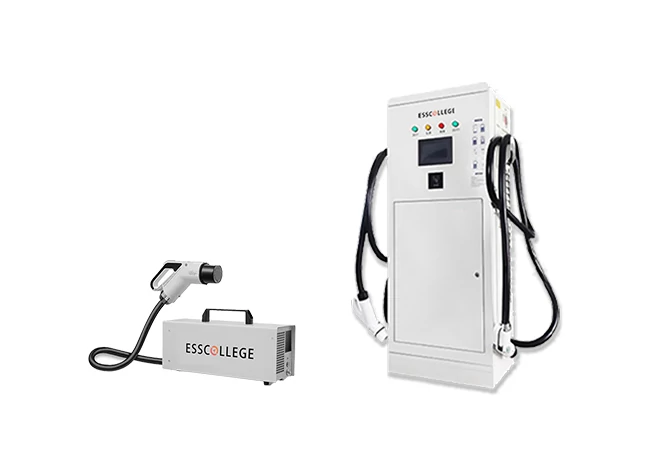
DC CHARGING PIlE SERIES
DC charging pile is an efficient charging facility for electric vehicles, which uses direct current (DC) to directly charge the vehicle battery, significantly reducing the charging time. Compared with traditional AC charging piles, DC charging piles are able to provide higher power output and can usually charge an EV to 80% of its capacity in 30 minutes, providing users with a convenient charging experience.
Extended reading
Dc charging pile communication charging module External module
Dc charging pile communication charging module External module Main component...
What material is the head indicator made of?
What material is the head indicator made of? The materials...
What are communication contacts made of?
What are communication contacts made of? Communication Contacts, also known...
Mobile Communication Module of DC charging pile charging control unit
Mobile Communication Module of DC charging pile charging control unit...
The paper introduces the core components of electronic locking mechanism of gun muzzle of DC charging pile
The paper introduces the core components of electronic locking mechanism...
THE ESSC Brand promise
Global supply
Our products sell well all over the world, covering many countries and regions, through the global logistics network, to provide customers with convenient purchasing experience.
Rigorous quality
We adhere to the highest quality control standards to ensure every product meets industry regulations and customer expectations, earning trust through consistent excellence.
Excellent service
With a customer-centric approach, we provide prompt responses, professional support, and personalized services, aiming to deliver the best user experience and long-term value.

